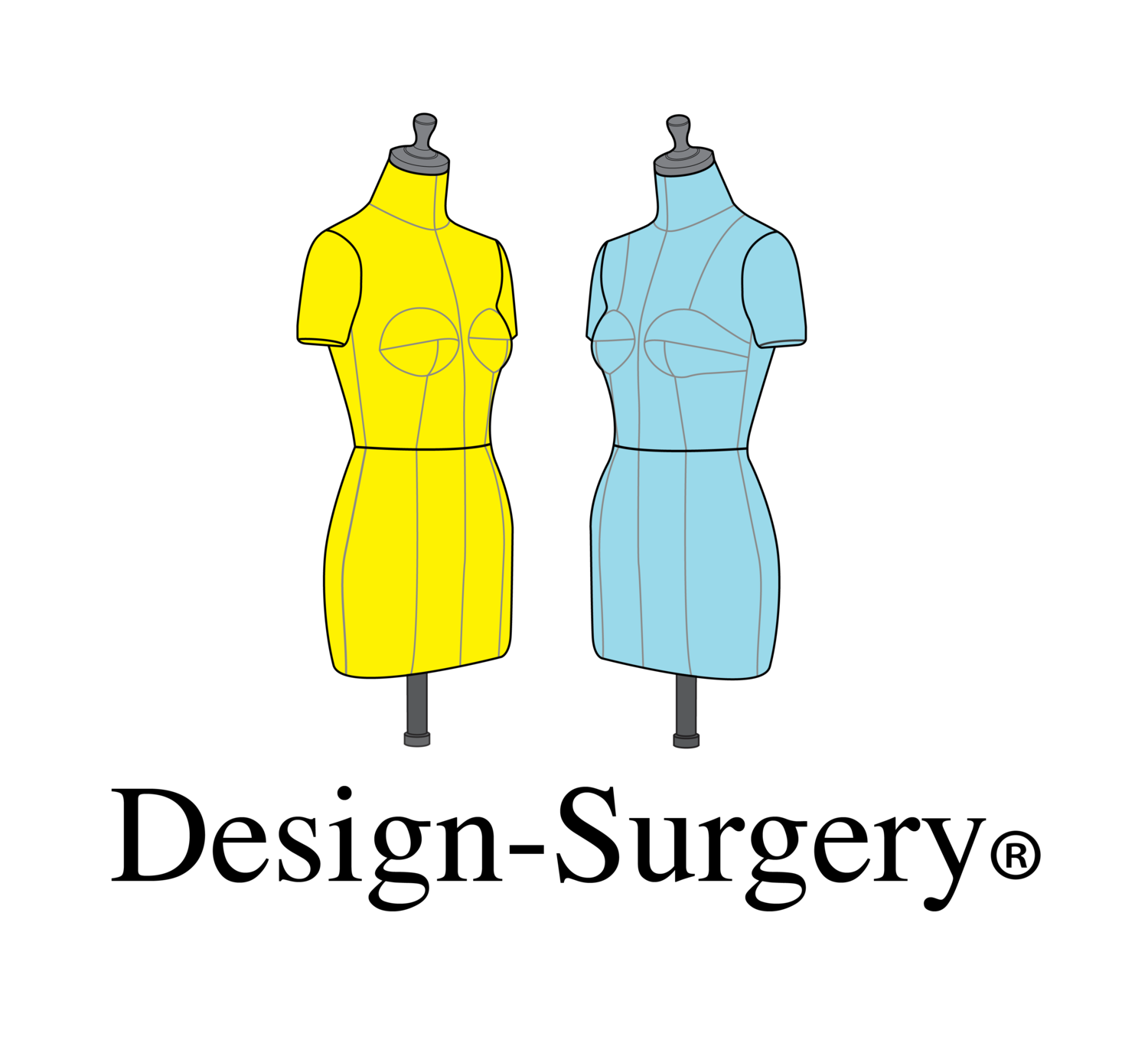How Can Mannequins Be Greener?
The mannequin industry, like any other, will need to move with the times. Just as perceptions of what the optimal body shape for a man or woman is will change over time - especially in the modern west where a more sympathetic approach to ‘plus size’ people is emerging, so other factors will also shape the sector.
Even so, that does not mean the finger is necessarily always on the pulse. According to a new market research report by R Data, the overall industry is set to expand substantially between 2021 and 2027. That may come as little surprise, given that the world economy will grow over time, especially as the pandemic eases.
However, that report is not the only one produced on the sector of late. Another, by MarketsandResearch.biz., specifically notes that plastic mannequins will see substantial growth.
This may raise a significant question: Is the mannequin sector in danger of falling into the same trap as so many other industries in the past, of being an environmental liability as it grows? And would anyone want to buy a dressmaker’s dummy in the UK that’s made from plastic, especially at a time when the fashion industry as a whole is under scrutiny for its environmental record?
Plastic pollution has been widely identified as a major problem for the environment in many ways. The oceans are filled with it, often with dire consequences for marine wildlife.
While plastic can be recycled, there are limits to this. It cannot be recycled an infinite number of times, many countries lack recycling facilities and even where these are abundant, far from all the plastic products end up in the recycling bin. Many end up in landfill or, worse still, in watercourses en route to the sea.
The most obvious way to prevent this happening to mannequins is for the sector to focus more on cultivating the skills required to produce them from traditional materials. This will help ensure greater sustainability and help make the fashion industry greener.
While much else in the world may change, the need for traditional mannequin-making skills is clearly going to have an ongoing role.
